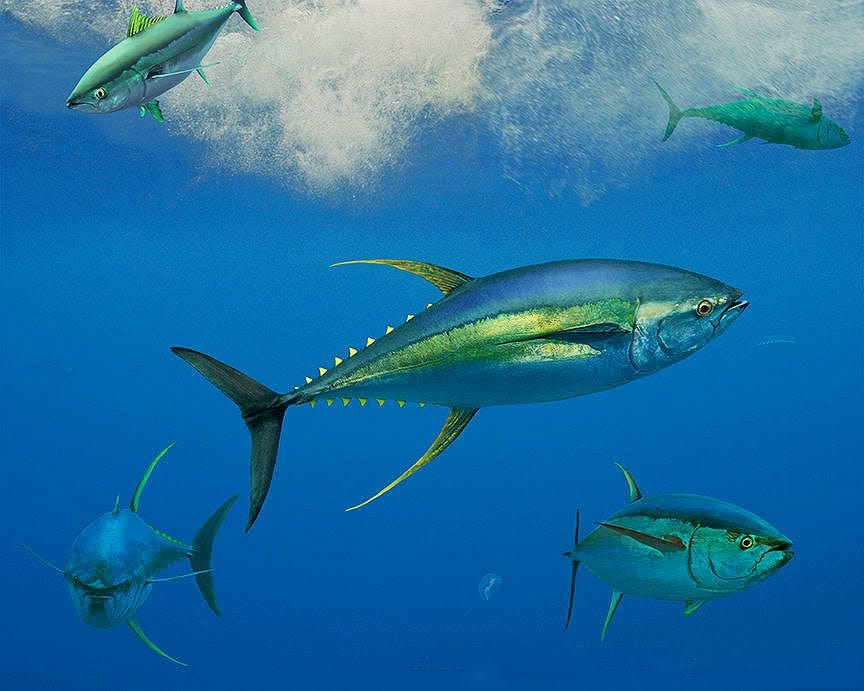Slapstick comedy has been around for ages. The ancient Greeks were familiar with it. The Marx Brothers made a living off of it in the early 1900s. That transcended across mediums into cartoons such as Tom and Jerry and Looney Tunes, and became its own sub-genre of movies with hits such as Hot Shots, Airplane, Scary Movie, and Dumb and Dumber. and it's a genre that's still seen today with shows like Impractical Jokers, Jackass, and Ridiculousness; but it's more than movies. Physical comedy has been one of the largest sources of comedy for ages. Have you ever seen a friend fall down, trip over something, or get smacked in the face or groin, and you laugh? Of course you have. Where you ever in college and you watched your drunk jump off the roof onto the pong table and break his arm - and then you laughed about it? Of course you did. Your friend experienced physical pain, and you laughed at their expense; but it wasn't on purpose, it's one of those things that just seemed to happen. Why do we do this? What's the science?
According to Stanford University professor William Fry, "play frame" is when real life events in a non serious context prompts phycological reactions. Seeing someone fall to the their death of course is not funny to most, if not all people, but witnessing someone fall onto the sidewalk is. The non-serious nature makes it comedic. Injury is not comedic, but embarrassment is. And there is also incongruity, which is the relation between the "punchline" and the "body" of the joke. Falls, trips, and running into things are incongruent because they are not expected. Steve Ellen, the director of Melbourne's Psychosocial Oncology Program, proposes that nervous laughter is a psychological response to anxiety and tension. Jordan Raine, a PhD researcher into "Human Non-Verbal Vocalizations" at the University of Sussex agrees. They say laughing as a way to diffuse tension and as a coping mechanism when faced with traumatic experiences. According to Medical Daily, many neurologists that mirror neurons fire inside the brain, mirroring the neurons of the person performing the action (falling, tripping, being hit, etc), making us feel as we're the ones experiencing it, therefore making us laugh. It's also suggested that the further away we are from publicly humiliating situations, the more likely we are to laugh out loud. Psychologist Peter McGraw at the University of Colorado suggests that seeing others getting hurt is funny when the viewer doesn't feel empathy for the victim. We can't personally resonate with the guys on Jackass and we're not there live to witness it, so when they ride a shopping cart down a ramp and smash into the ground - and considering the fact that they're choosing to do this - we're distanced enough that laughing at them feels natural.
As much as you may not want to laugh at others pain, it is an actual medical condition. Pseudobulbar affect (PBA) is a medical condition when a person has uncontrollable and inappropriate episodes of laughing and crying. Pediatric Autoimmune Neuropsychiatric Disorders Associated with Streptococcal Infections (PANDAS) is another disorder that can trigger inappropriate laughter episodes. People with PBA experience normal emotions, but they can be expressed in an dramatic or inappropriate way. With PBA, laughter can turn to tears. Joker in the movie Joker (2019) a (Hollywood) version of PBA. PBA can be caused by head injuries, PANDAS, multiple sclerosis, Parkinson's, ALS, and Alzheimer's.
While pseudobulbar affect can come off as severe, if you laugh because someone runs into a lamp pole, don't worry, that's just a natural human effect. While seeing someone slip and fall on a patch of black ice in the moment may shock you initially, it's the the embarrassment after they get up and dust it off that gives your brain a green light. As humans, physicality is important to us, and since we're so complex, situations just aren't going to illicit the same emotional response in every similar situation. So next time your friend breaks their face, but doesn't really break their face, it's okay to laugh. Make sure they're okay of course...but bask in the moment.
*ABC News, Medical Daily, Scientific American, New Statesman, Mayo Clinic, Vice





